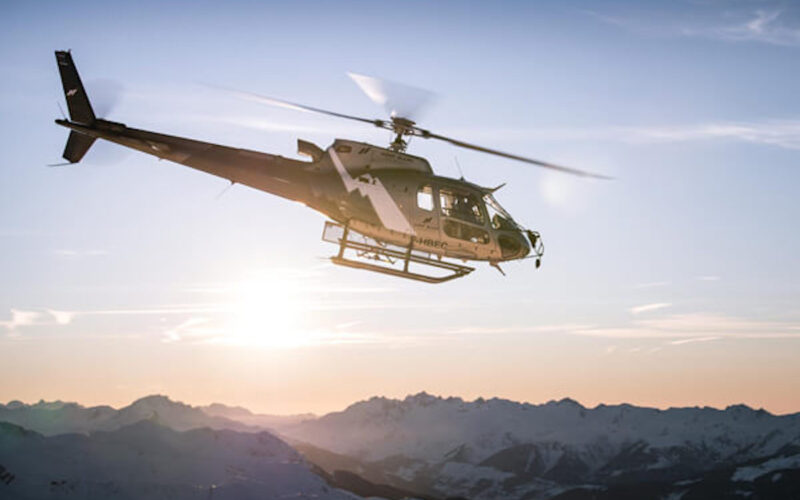Exploring the Aeronautical Aspects of the Tour de France

The Tour de France, possibly the most popular cycling race in the World, has also its aeronautical component.
Every summer around July and for a span of three weeks, a whole fleet of helicopters and airplanes performs a well synchronized choreography in the skies over France.
As it races through the French countryside, the Tour’s colorful caravan of cyclists and support vehicles, is closely watched by a flock of air assets.
Some are there to provide security, like the helicopters of the French Gendarmerie, but others provide aerial footage, an essential element of the cycling race’s media coverage.
Since the scene can often stretch over tens of miles, helicopters provide the ideal platform to follow every move and contemplating some of France’s most stunning and varied landscapes.
According to a press release issued by Airbus, the French helicopter operator HBG deploys between seven and nine helicopters, operated by its two subsidiaries Mont Blanc Hélicoptères and Hélicoptères de France, in order to tend to the needs of a sports event of this caliber.
This includes work done for ASO, the organizer of the Tour, as well as for Euromedia, the company that produces the footage of the race for distribution on television.
Intermediate single-engine H125 helicopters are used for VIP transportation and liaison tasks, while twin-engine Eurocopter AS350 Ecureuil helicopters are used for the video-shooting missions.
In addition to rotorcraft, a number of fixed-winged aircraft belonging to several air work specialist companies can also be seen on flight tracking apps orbiting above the race at all time.
For example, Aero Sotravia has two Beech 200 Super King Airs (ASR171 and ASR172) in place and PixAir Survey has been flying circles over the cyclists on a Piper PA-31-350.
A novelty of this year’s air operations and the Tour de France is that the use of sustainable aviation fuel (SAF) will be ramped up significantly. Although the Airbus helicopters HBG uses are certified to fly with up to a 50% SAF blend, this type of fuel is often scarce on the ground. In the 2022 Tour, only one SAF supply point was available throughout the whole itinerary.
In tune with the increasing environmental concerns, this year’s edition will see the number of SAF supply points increased, so the Tour’s aerial flotilla expects to use SAF in at least half of the race’s stages.
